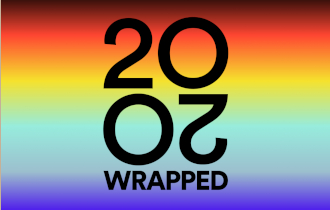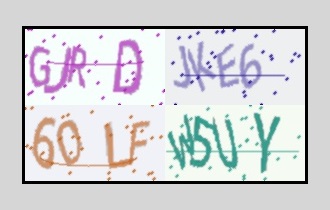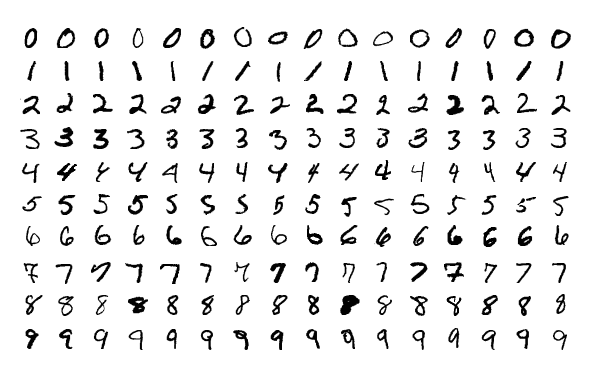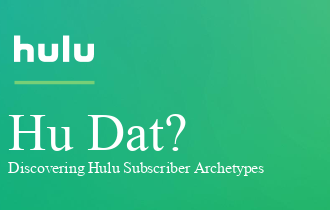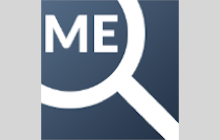Recent News
About Me
A recent graduate of Georgia Tech and the University of Pittsburgh, I now work at Amazon as a software engineer under the Alexa Devices organization. Learning everyday doesn't just stop after college; it follows you throughout life.
My love falls with engaging young coders and exciting them about the fascinating world of computer science.
I possess both extensive software engineering (preferably back-end development) and research skills, allowing me to fit into a variety of roles.
My research interests include human-visual reasoning, perception, and machine learning. With my previous research experience, I seek to develop the next best computer vision products.
If I'm not responding to your emails, I'm either watching tennis/soccer, playing sports, busy coding, or watching a new psychological thriller movie.
I'm currently open to mentorship and outreach programs for all high school and college students, as well as ML/CV research side opportunities. Let's get in touch!
Technical Skills
Languages
Advanced: C++, Python, C, Java, R, MATLAB
Intermediate: JavaScript, Node.js, ReactJS, HTML, CSS, SQL
Been a while: UnityScript, OpenGL
Data Science Tools
Advanced: Sci-kit Learn, NumPy, Tensorflow / PyTorch, Pandas, OpenCV
Intermediate: OpenMP, OpenMPI, OpenACC, CUDA, Caffe
Been a while: Jupyter
Development Tools
Advanced: MySQL, Git/Github, Confluence
Intermediate: TFS, SQL Server, DynamoDB, AWS S3
Been a while: Jenkins, Gaia, JIRA
Hardware
Advanced: Raspberry Pi
Been a while: Arduino, Amazon Alexa
Concepts
Advanced: Unit testing, Agile Methodology, Version Control
Proficient: Spanish
Operating Systems
Windows, OS X, Unix/Linux
Experience
Work
Research
Organizational Leadership
SWE (Society of Women Engineers) Mentorship Event (Mentor, 2020)
SteelHacks 2019 (Mentor)
TartanHacks 2019 (Mentor)
SteelHacks 2018 (Organizer)
University of Pittsburgh CS Club (Vice-President, 2017-2018)
CodeDay Pittsburgh (Mentor, 2017)
Investing Now Workshop (Mentor, 2017)
Research Leadership
PURA Research Award Spring 2020 (4 x Proposal Reviewer)
PURA Research Award Summer 2020 (5 x Proposal Reviewer)
PURA Research Award Summer 2021 (4 x Proposal Reviewer)
PURA Research Award Fall 2021 (5 x Proposal Reviewer)
AAAI-18 (Robotics/AI Outreach Workshop Assistant)
AAAI-19 (Robotics Workshop TA)
CVPR-18 (Workshop Co-organizer)
SIGGRAPH-18 (Student Volunteer)
Awards
Academics
THINK Research Fellowship (2018)
Chancellor's Undergraduate Research Fellowhsip (2018)
NSF-Funded REU (2019)
Bachelor of Philosophy Degree (2019)
Competitions
Pitt Challenge 2017 (1st place)
CMU Datathon 2017 (Finalist)
JP Morgan Global Innovation Hackathon (1st place)
HackMIT 2017 (Best Re-imagination of the Financial Market)
8 other hackathons
Side Projects
